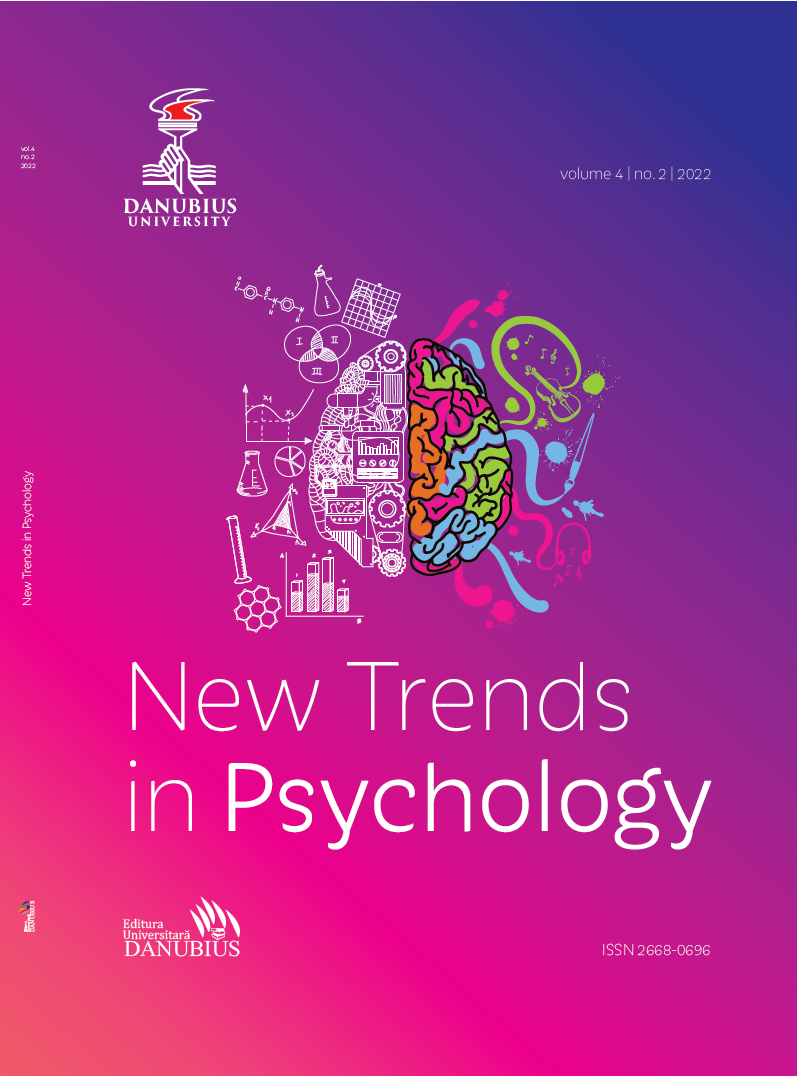Communication in the Family
Keywords:
communication; child; family environment; parents; affective relationshipsAbstract
The mission of communication, we can agree, is obvious, however, the simple possession of
the language is insufficient for talking with another person. Young children tend to assume that others
understand them, starting from the fact that they understand themselves; often, they are not aware that
their message is inappropriate and therefore become frustrated if what they say makes no sense to the
listener. The non-cognitive factors that influence this period are mainly: motivation for school learning,
emotional stability, self-confidence, the attitude of others towards the child who reads. One of the
essential results of the affective relationships between the child and his parents, or the adults who have
the role for them, it is the birth of the moral feelings specific to the duty of conscience. The talk of
adults with children is very different from that addressed to other adults. This is not only about saying
it, but also about how it is said. The family environment needs to be conducive, in the form of a safe
home, regulated by simple rules. In the training context, priority is given to the informative dimension,
the child must be helped to distinguish well from bad.
References
*** Evolution of Thinking IN Childhood Period 1, Educational Psychology (University of Oradea).
Albu Emilia (2007). Age Psychology. Târgu-Mures “Petru Maior” University, Department I.F.R.D.
Bowlby, John (2011). A basis of safety. Bucharest: Publishing House 3.
Gordon, Allport (1991). Structure and development of personality. Bucharest Ed Didactica.
Munteanu Anca (2003). Child and Adolescent Psychology. Timisoara: Editura, ASCR.
Schaffer Rudolf (2010). Introduction to Child Psychology-Language. Cluj-Napoca: ASCR Publishing
House.
Downloads
Published
How to Cite
Issue
Section
License
Copyright (c) 2022 Cecilia Olteanu

This work is licensed under a Creative Commons Attribution-NonCommercial 4.0 International License.
The author fully assumes the content originality and the holograph signature makes him responsible in case of trial.

